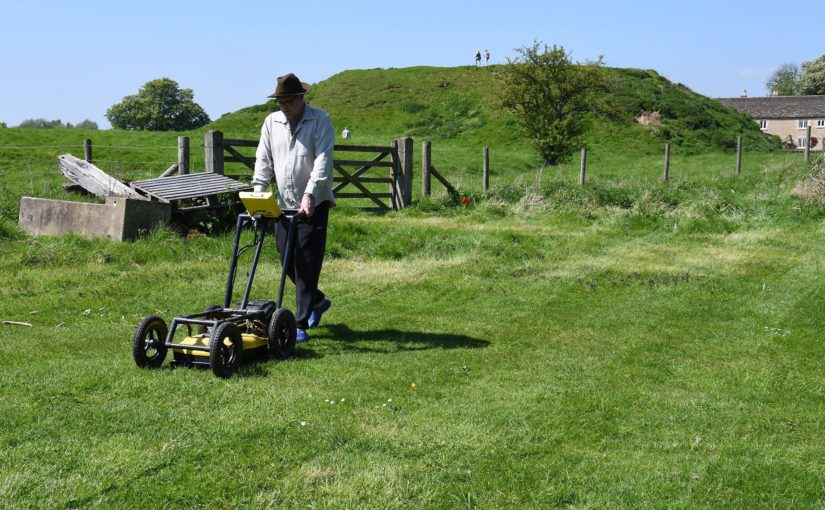The deadline for grant applications passed on 30th November. We’re going through the various projects now. Altogether the 12 projects, coming from all parts of Britain and one from Ireland, are asking for over £75,000.* They cover not only a wide period of history but also a wide range of topics. In a little more detail, here are the applications we’ve received:
Collyweston, Northamptonshire
- Contributing towards a community excavation at the early Tudor palace commissioned by Henry VII’s mother, Margaret Beaufort. According to building accounts the palace was built around three courtyards and was the first brick building in Northamptonshire. The palace was demolished in 1640 and the site has never been excavated before.
Druminnor, Aberdeenshire
![[10] Druminnor Castle - "Woops!"](https://farm6.staticflickr.com/5125/5340893447_176baa5abf_b.jpg)
Using Ground Penetrating Radar for an investigation of the 15th-century core of the castle – presently under a hardcore car park. This was the original caput of the lords of Forbes. During the 15th century they were amongst the most powerful families in the North-east of Scotland.
Hoghton Tower, Lancashire

This project aims to form an axis of research into Hoghton Tower’s unique physical history. The main focus will be to investigate and advance the knowledge of the pre-1560 site and specifically try to test the hypothesis that the north side building may form part of the ‘original’ Hoghton Tower.
Lathom, Lancashire
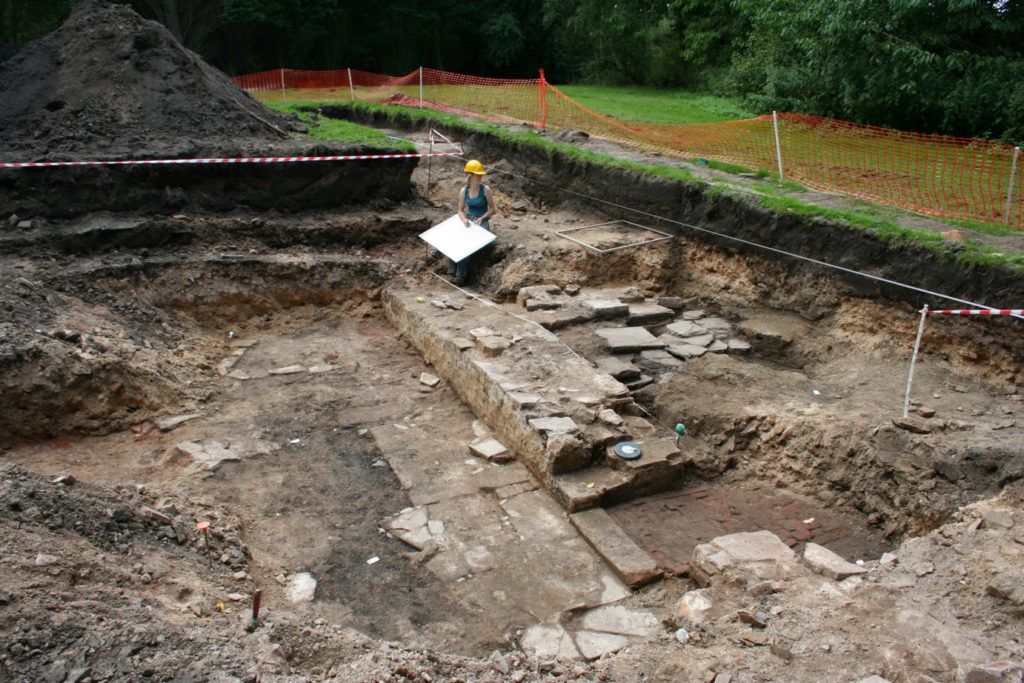
Excavation to establish the form and location of the southern perimeter of the curtain wall of the 15th-century castle known as the Northern Court of which nothing remains above ground from the period. It was one of the most important castles in the north west of England in the late 15th and 16th centuries. The castle was besieged twice in the English Civil War and then slighted. In 2017 we funded analysis of masonry recovered in earlier excavations, which indicated architectural links with Caernarfon Castle.
Laughton en le Morthen, South Yorkshire
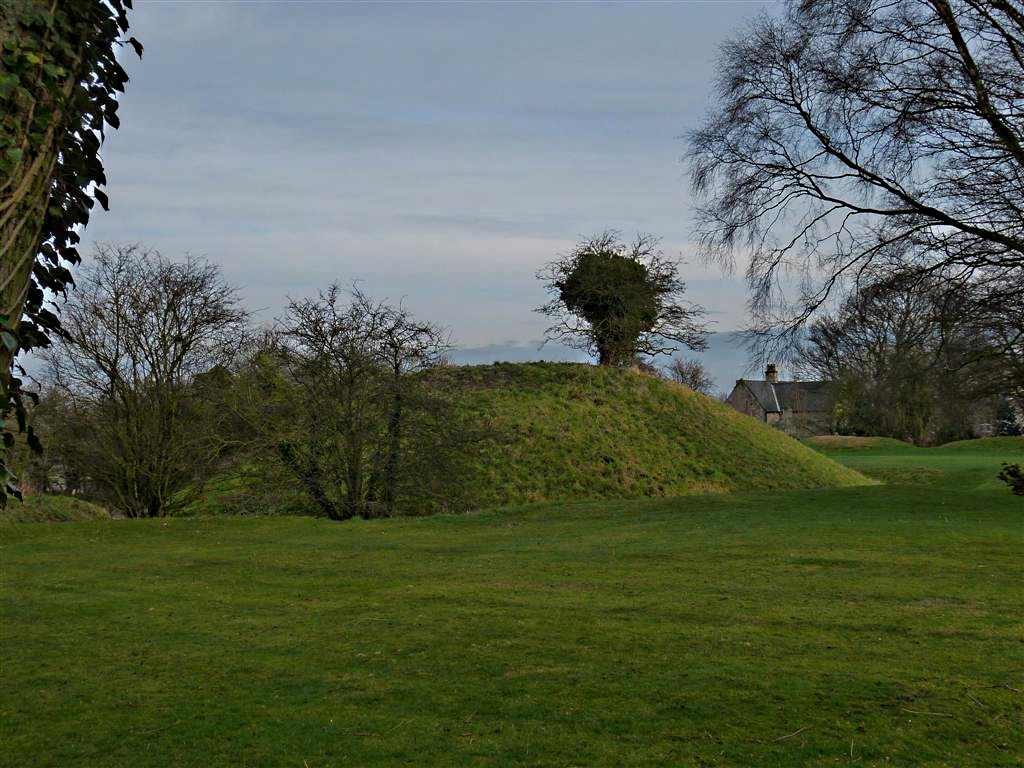
Following on from last year’s grant, this project would undertake excavation to investigate features identified during the geophysical survey. The survey suggested that the castle was built over an Anglo-Saxon lordly residence, and the excavation would test whether there is further evidence to corroborate this.
Lewes, East Sussex
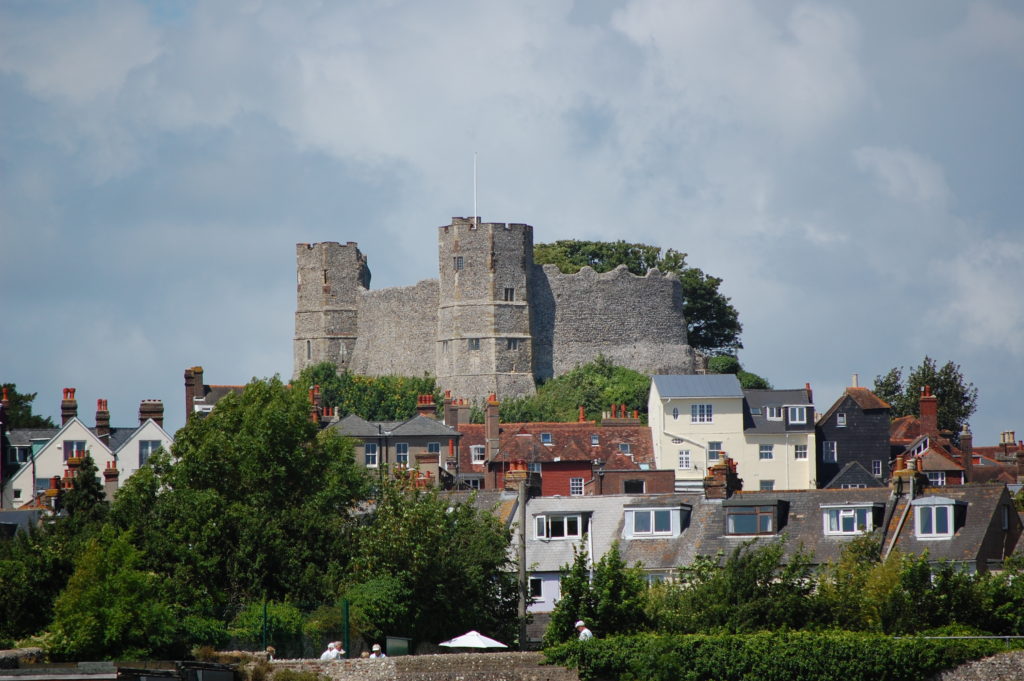
This research aims to answer an intriguing question: why does Lewes Castle, East Sussex, have two mottes? Do they represent a highly distinctive architectural statement, or did burial mounds of possible Romano-British or earlier origins influence the form of the 11th century fortification?
Loughmoe, County Tipperary

To produce the first-ever detailed survey and structural history of the building which dates from the 15th and 16th centuries, and to determine using geophysics the extent of the original castle and whether the renaissance part had a precinct, other buildings, and gardens.
Raglan, Monmouthshire
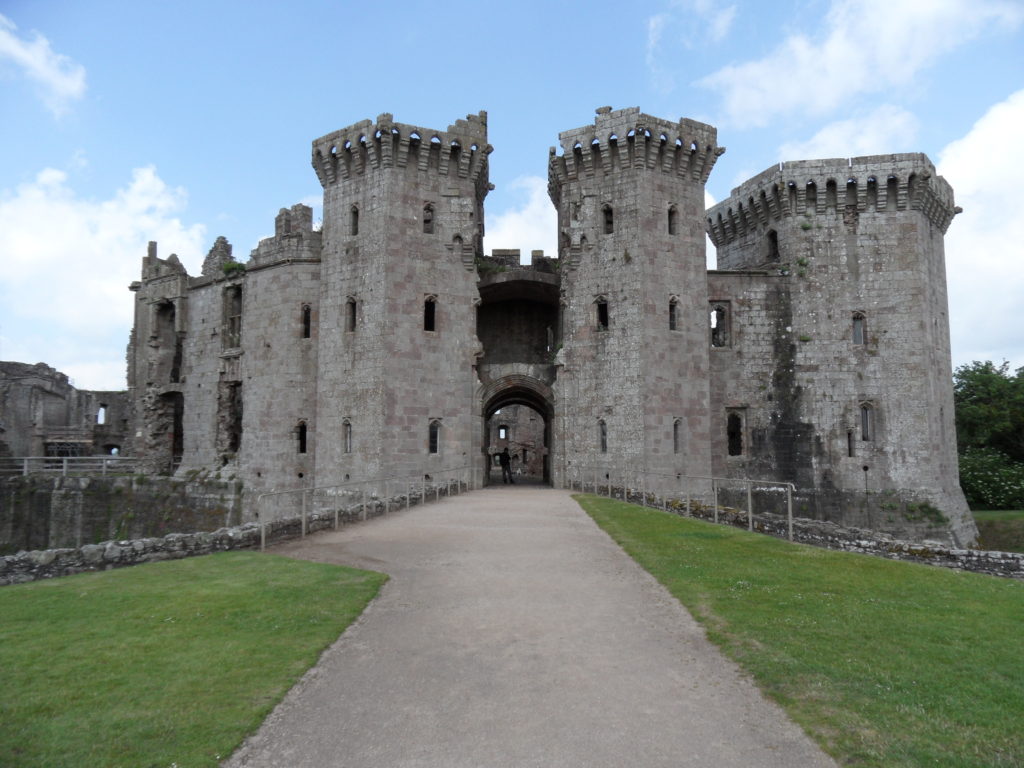
Using inferences from previous geophysical surveys to focus on key areas of the lower terraces and bowling green of the castle potentially revealing more about the clandestine political activity of the Somerset family in the late 16th and 17 centuries.
Shrewsbury, Shropshire

Geophysical survey and excavation concentrating on the inner bailey to in particular examine the tail of the north rampart. Despite being one of the main fortresses on the Welsh border no major excavations have taken place in the bailey. Thus the medieval plan of the enclosure, and the missing domestic ranges that should be there, are completely unknown.
Snodhill, Herefordshire
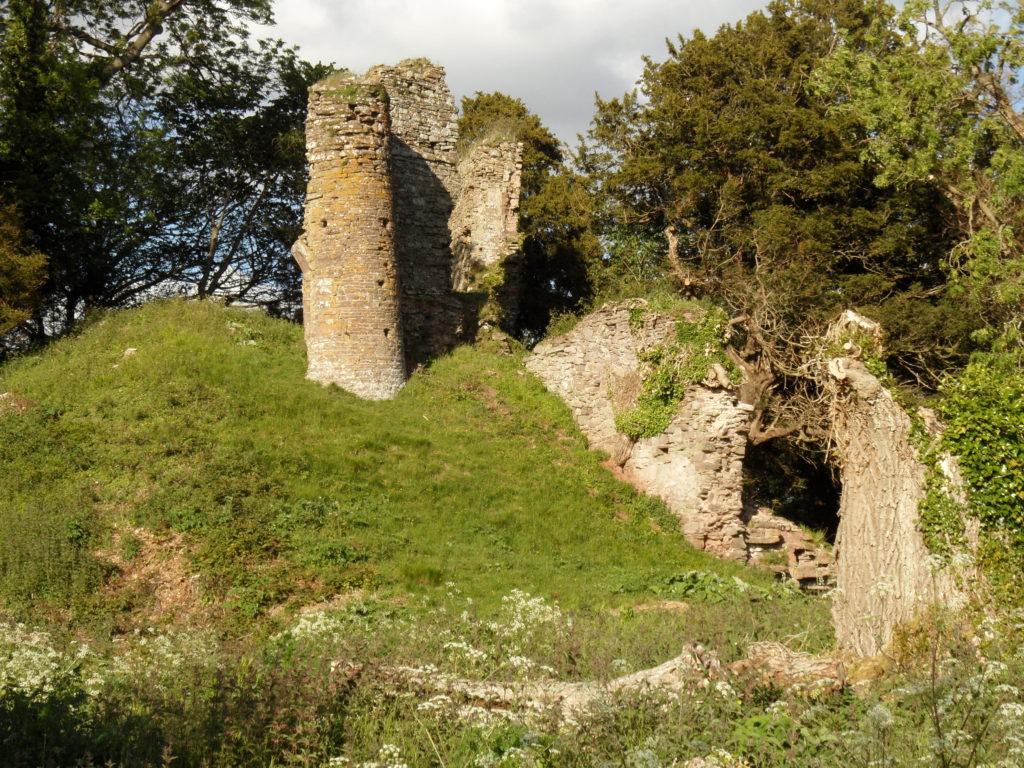
Excavations in this important Welsh border fortress that was in use from just after the conquest to the English Civil War. The aim is to answer some key questions about the castle e.g. the keep’s entrance and final form, to establish the form of the North Tower and along the south side to see if that was where the entrance was.
Tarbert, Argyll

Funding post-excavation costs of a community archaeology project. The project will be trying to see discover a number of things about this royal castle including if there was a southern entrance into the outer bailey, and what buildings there were along the north east range of the inner bailey.
Wressle, East Yorkshire
A geophysical survey of the area to the south of the castle ruins which had been covered by the previous earthwork survey funded by the CST, to get more information about the various garden structures there, as well as other details regarding the deserted village, moat and fishponds. The 14th century castle was one of the most important castles owned by the Dukes of Northumberland.
The applications have been sent to our expert assessors who will go over them. You can see how the assessment process works from our blog back in January 2016. And don’t forget to subscribe to our newsletter.
*The article was updated at 15:28, 10th December to remove Halton Castle.
